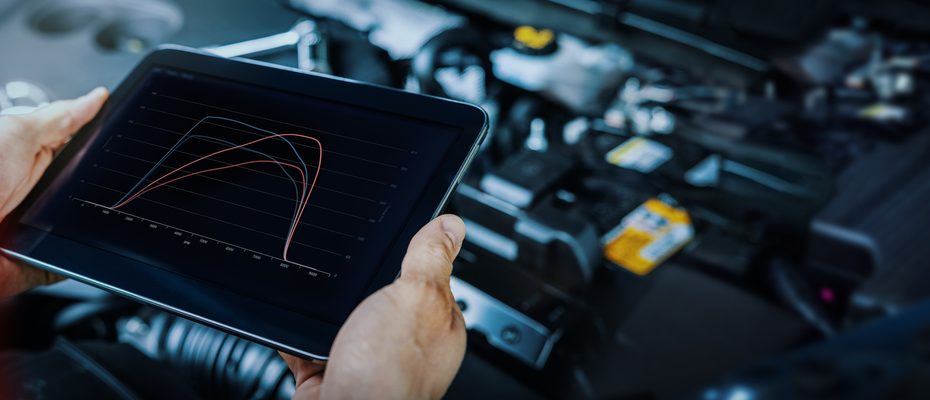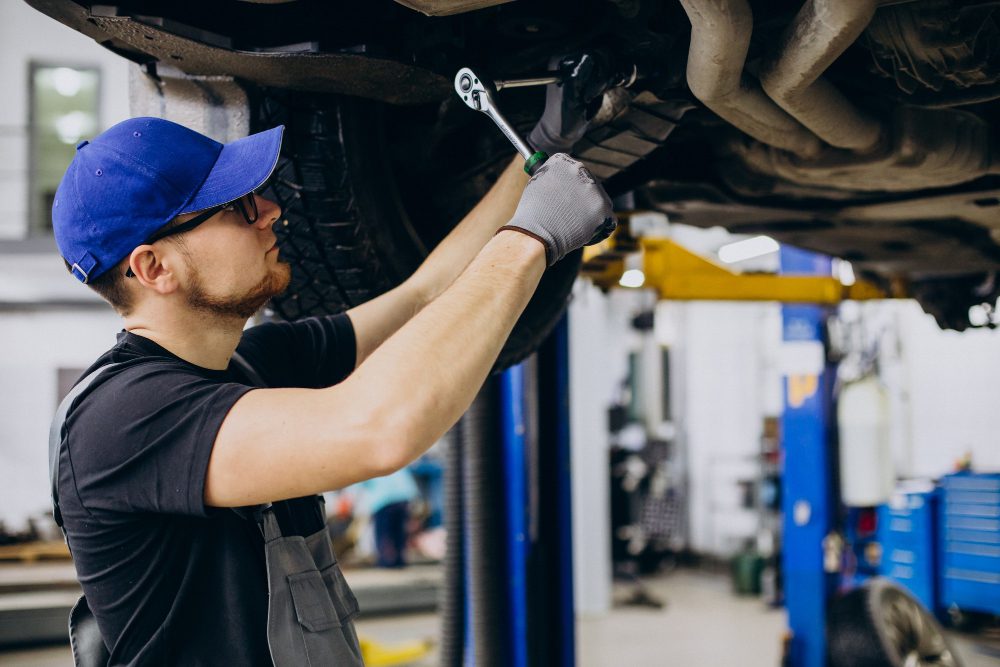What is safety control unit?
A safety control unit, also known as a safety controller or safety PLC (Programmable Logic Controller), is a device used in industrial automation to ensure the safe operation of machinery and processes. It acts as a central hub for monitoring and controlling safety-related functions, such as emergency stop circuits, door interlocks, and safety sensors.
The Importance of Safety Control Units
Safety control units play a critical role in preventing accidents and protecting both workers and equipment. They are designed to detect unsafe conditions or events and take appropriate actions to mitigate risks. By constantly monitoring inputs from safety devices, such as light curtains or safety switches, the control unit can quickly respond to any potential hazards and bring the system to a safe state.
How Safety Control Units Work
Safety control units use logic programming to implement safety functions. They continuously monitor the status of input devices and compare them against predefined safety rules or criteria. When a hazardous condition is detected, the control unit activates the corresponding output devices, such as shutting down a machine, activating warning signals, or turning on safety brakes.
The programming of safety control units follows well-established safety standards, such as the IEC 61508 or ISO 13849, to ensure reliability and compatibility with various safety devices and components. This allows for a systematic approach in designing safety systems and ensures they meet the required safety levels.
Features and Capabilities
Safety control units offer a range of features and capabilities to meet the specific needs of different applications. Some common features include:
- Multiple Safety Inputs: Safety control units can handle inputs from various safety devices, such as emergency stop buttons, safety switches, light curtains, and safety mats.
- Diagnostic Functions: The units often provide diagnostic capabilities to detect faults or failures in the safety system, allowing for proactive maintenance and troubleshooting.
- Communication Interfaces: Many safety control units support communication protocols, enabling seamless integration with other control systems or devices.
- Programmability: Safety control units can be programmed to meet specific safety requirements, allowing for flexibility in configuring safety functions.
Benefits of Using Safety Control Units
Using safety control units in industrial automation brings several benefits:
- Enhanced Safety: Safety control units ensure compliance with safety standards and regulations, reducing the risk of accidents and injuries.
- Increase Productivity: By providing a safe working environment, safety control units allow machines and processes to operate at their maximum potential, improving overall productivity.
- Reduced Downtime: The diagnostic functions of safety control units help identify issues early on, minimizing unplanned downtime and improving maintenance efficiency.
- Cost Savings: Implementing safety control units can help avoid costly incidents, equipment damage, and legal consequences associated with workplace accidents.
“Safety control units are an essential component of modern industrial automation systems, ensuring the safety of workers and minimizing operational risks.” – Safety Expert
In conclusion, safety control units are crucial for maintaining safety in industrial automation. They provide the necessary intelligence and control to prevent accidents and create a secure working environment. With their features and capabilities, these units offer a reliable and efficient solution for enhancing safety in various industrial applications.
What is a Safety Control Structure?
A safety control structure is a fundamental component of a safety control unit. It forms the basis for ensuring the safety and integrity of a system or process, particularly in high-risk environments such as industrial facilities or critical infrastructure.
Functionality
The main purpose of a safety control structure is to detect and mitigate potential hazards or malfunctions within a system. It implements a set of safety measures and protocols that ensure the system operates within predefined safety limits and responds appropriately to any violations or abnormalities.
Components
A typical safety control structure consists of several key components:
- Sensors: These devices monitor various parameters and conditions within the system, such as temperature, pressure, or position. They provide real-time data to the control structure for analysis and decision-making.
- Logic Solvers: The logic solvers are responsible for processing the sensor data and executing the safety control algorithms. They make critical decisions based on predefined logic and determine the appropriate actions to be taken in response to any detected hazards or abnormal events.
- Actuators: Actuators are devices that physically interface with the system to implement the required safety actions. They can include elements such as valves, motors, or alarms, which are activated or deactivated according to the instructions received from the logic solvers.
Importance in Safety Critical Applications
A safety control structure plays a vital role in safety-critical applications, where the consequences of failure can lead to severe injuries, environmental damage, or even loss of life. By continuously monitoring and controlling the system, it ensures that all safety requirements and functional specifications are met, minimizing the risks associated with operation.
In safety-critical industries, a robust safety control structure is crucial for maintaining a safe and reliable operational environment. It forms the backbone of an effective safety management system, protecting both personnel and assets from potential harm.
Examples of Safety Control Structures
Various industries rely on safety control structures to ensure safe operations. Here are some examples:
| Industry | Application |
|---|---|
| Chemical | Process control systems |
| Oil and Gas | Emergency shutdown systems |
| Power Generation | Turbine control systems |
In conclusion, a safety control structure is a critical component of a safety control unit. It ensures the safe and reliable operation of systems in high-risk environments. By combining sensors, logic solvers, and actuators, it detects potential hazards and takes appropriate actions to mitigate risks. Its importance cannot be overstated in industries where safety is paramount.
What is an example of a safety control?
Introduction
When it comes to safety control units, implementing effective safety controls is crucial to ensuring the well-being of individuals and preventing accidents. Safety controls are measures put in place to minimize or eliminate hazards that could lead to injury or damage.
Types of Safety Controls
There are several types of safety controls that can be used in various scenarios. One example of a safety control is the use of personal protective equipment (PPE). PPE includes items such as helmets, gloves, goggles, and safety footwear, which are designed to protect workers from specific workplace hazards.
Another example of a safety control is implementing engineering controls. These controls involve modifying the physical environment or equipment to reduce the risk of accidents. For instance, installing machine guarding or interlocking systems can prevent employees from accessing hazardous areas during machine operation.
Hierarchy of Controls
The hierarchy of controls is a concept used in safety management to determine the most effective way to control hazards. It consists of five levels: elimination, substitution, engineering controls, administrative controls, and personal protective equipment.
- Elimination: This level involves completely removing the hazard from the workplace. For example, replacing a hazardous chemical with a safer alternative.
- Substitution: If elimination is not feasible, substitution involves replacing a hazardous substance or process with a less hazardous one.
- Engineering controls: These controls modify the physical environment to reduce exposure to hazards, such as ventilation systems to remove toxic fumes.
- Administrative controls: This level includes implementing policies, procedures, and training to minimize risks and ensure safe work practices.
- Personal protective equipment: PPE serves as a final line of defense and should only be relied upon when other controls are not feasible or sufficient.
An Example of a Safety Control: Fall Protection
A practical example of a safety control is fall protection. In industries that involve working at heights, fall protection systems such as safety harnesses, guardrails, and safety nets are used to prevent falls and protect workers from serious injuries.
“Fall protection is an essential safety control measure that helps ensure the well-being of workers who are exposed to elevated work surfaces.”
Employers are legally obligated to provide appropriate fall protection equipment and training to employees who may be exposed to fall hazards in the workplace. Regular inspections and maintenance of fall protection systems are also necessary to ensure their effectiveness.
Conclusion
Safety controls are crucial in maintaining a safe work environment. Whether it’s the use of personal protective equipment, engineering controls, or implementing the hierarchy of controls, each safety control plays a vital role in preventing accidents and protecting individuals. By understanding and implementing these controls, employers can prioritize the safety and well-being of their employees.



